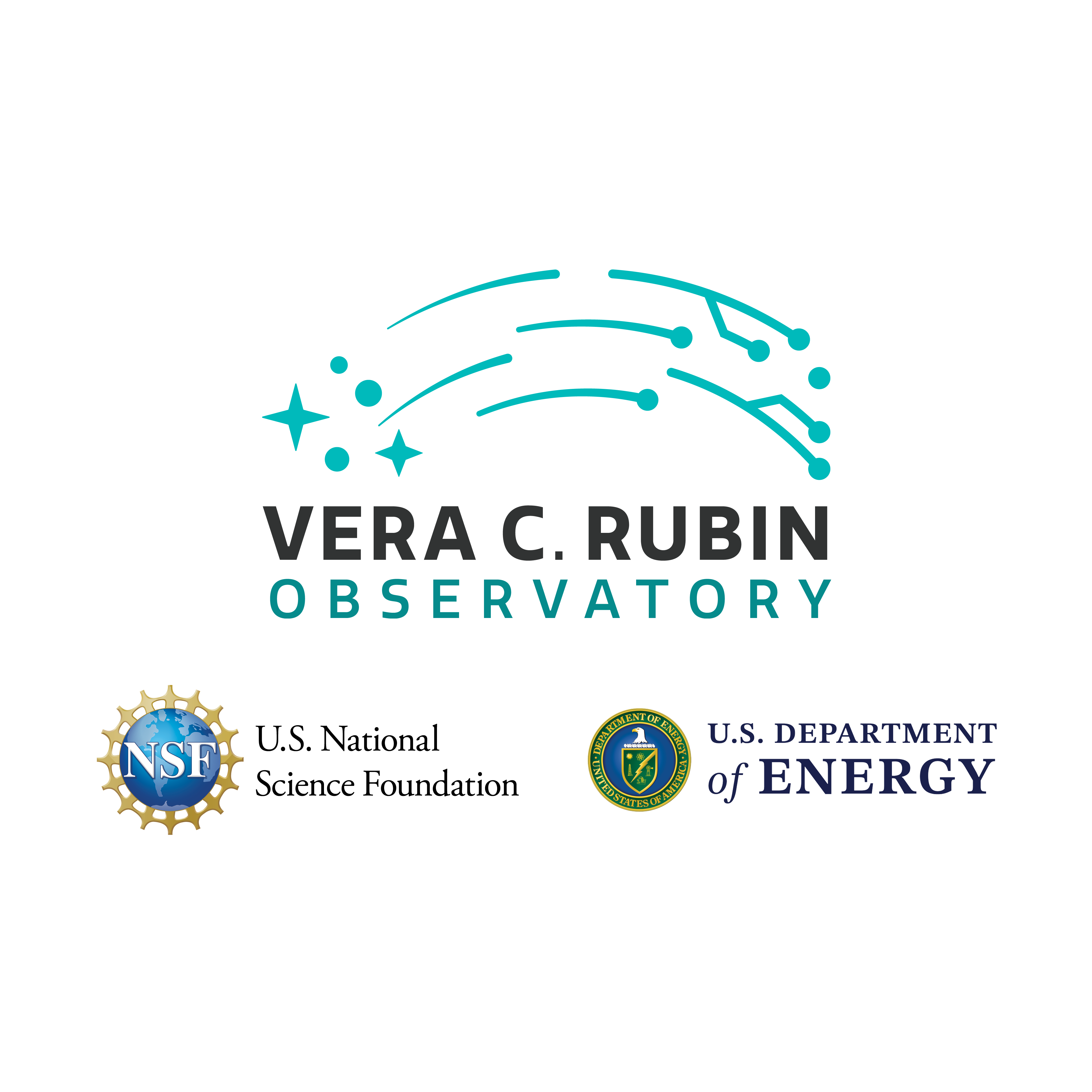Microlensing Science
Submitted by somayeh91 on Sun, 05/18/2025 - 13:35
Contributed talks and an open discussion on microlensing science with Rubin.
Agenda:
- 10:30 - 10:40: Katarzyna Kruszynska
- 10:40 - 10:50: Rachel Street
- 10:50 - 11:00: Natasha Abrams
- 11:00 - 11:10: Karen Nowogrodzki
- 11:10 - 11:20: Somayeh Khakpash
- 11:20 - 12:00: Hands-on session
Go to the list of all contributed abstracts.
List of talks:
- [7 + 3 min] Katarzyna Kruszynska - In preparation for the first gravitational microlensing events detected by LSST
- [7 + 3 min] Rachel Street - Enhancing Rubin Galactic Science With Roman
- [7 + 3 min] Natasha Abrams - Searching for Black Holes with Rubin Microlensing
- [7 + 3 min] Karen Nowogrodzki - Microlensing Light Curve Simulations with Rubin Data Previews
- In the context of the Rubin Data Preview 0 (DP0), we developed a pipeline to inject synthetic microlensing events directly from the simulated images, and recover the light curves using forced photometry. The simulations are carried out for black-holes, free floating planets, binary stars and star + planet systems acting as lenses, with realistic distribution of the stellar source population and the microlensing parameters. With the recent release of DP1, which provides real Rubin images from ComCam, we are extending the approach to this new dataset. Our goal is to study how well microlensing light curves can be extracted as a function of image properties, such as stellar density, PSF and depth. In particular, we will assess the role of blending in the recoverability of the microlensing light curves and the effect of the image properties in the determination of the event parameters. We explore this in both simulated and real LSST data, using fields such as 47 Tucanae, which presents a strong gradient in stellar density. This framework enables a detailed evaluation of Rubin’s performance for microlensing and builds toward light curve recovery metrics in stellar fields.
- [7 + 3 min] Somayeh Khakpash on behalf of the group - Updates on the Microlensing Software Sprint
- Hands-on Session: We are going to continue our work on software development for microlensing detection and classification with brokers. We are inviting representatives from different brokers to join us and help us speed up the process. Some of these softwares will be relevant to other TVS groups who are interested in finding transients in LSST data, and we invite everyone who is interested to join us in person or remotely.
Lead or Chair for this Session:
Somayeh Khakpash, Natasha Abrams, and Katarzyna Kruszynska
Category:
Science
Location:
Madera
Timeblock:
10:30am - 12:00pm
Day:
Friday
NOTICE - You must login to see zoom links for each session.
